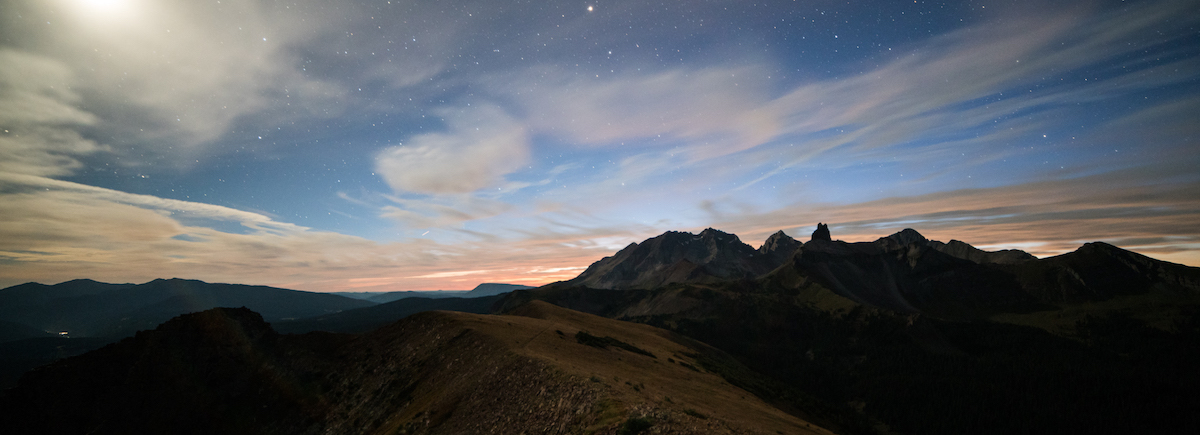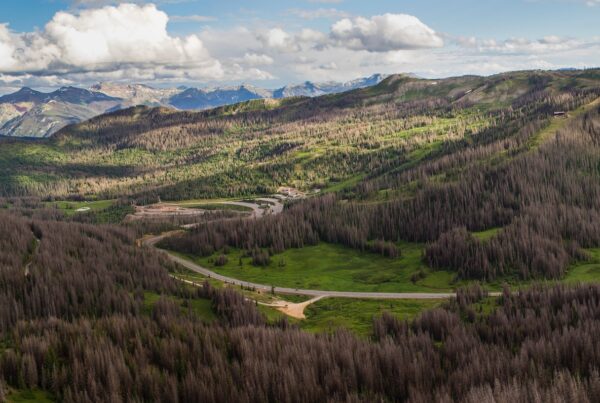After a whirlwind year, it’s time to take stock of some conservation gains over the past 12 months.
We often ride a teeter-totter of conservation policy, down one year, up the next, but overall many a cherished landscape across the Four Corners netted increased protections this past year.
Notably, in October, protections were reinstated to 2 million acres across the most dramatic reaches of southern Utah’s Colorado Plateau with the restoration of Bears Ears and Grand Staircase-Escalante national monuments. These national monuments span areas near and dear to many of us living in the Southwest, including the renowned landscapes of Cedar Mesa, the canyons of the San Juan River and Kaiparowits Plateau.
Grand Staircase-Escalante was first proclaimed a national monument in 1996, and Bears Ears more recently in 2016. The Trump administration attempted to rescind large swaths of both monuments through executive action in 2017. Rather than await years of litigation to challenge the legality of those rollbacks, the Biden administration returned the national monuments to their original boundaries. This was particularly welcomed by the Bears Ears Inter-tribal Coalition, a collection of five tribes with traditional cultural connections to the landscape.
Another cherished landscape gained a similar reprieve recently when Interior Secretary Deb Haaland placed a two-year moratorium on new oil and gas leasing within a 10-mile buffer surrounding Chaco Culture National Historical Park at the request of many Puebloan tribes.
The pause allows for a more comprehensive assessment of the range of concerns associated with energy development on cultural landscapes and local communities, and could eventually lead to a 20-year prohibition on expanded energy development. Alas, it does little though to ameliorate impacts from already existing leases.
Not to be outdone, pending oil and gas lease sales on the San Juan National Forest were also put on hold. Back in January, plans were afoot to sell new oil and gas leases across 2,500 acres of the San Juan National Forest, including more than 1,000 acres immediately across from Chimney Rock National Monument. Now, both Chimney Rock and the nearby HD Mountains roadless area have breathing room for more considered evaluation of the pervasive impacts from more energy development.
Two sweeping land protection efforts pending in Congress gained traction over the past year, with the House voting in February and again in September to support both the Colorado Wilderness Act and the CORE Act. The Colorado Wilderness Act was first introduced in 1999, and provides permanent wilderness designation to the most remote and undeveloped portions of desert canyons and mesas under Bureau of Land Management jurisdiction in western Colorado. Protections in the CORE Act for spectacular San Juan Mountains wildlands, including Ice Lake Basin and the Sneffels Range, have similarly been pending for over a decade.
All told, the two bills would permanently restrict incompatible development on about 200,000 acres of the last, best places as yet unprotected across our corner of Colorado. They still await approval in the Senate before becoming law.
Stronger rules were announced in November by the Environmental Protection Agency for limiting air pollution from oil and gas wells across the country, specifically eliminating 40 million tons of methane emissions over the next decade. In other good news, a plan to better protect wetlands and fens, such as those found atop Wolf Creek Pass, was also unveiled.
Each by itself is a notable benefit to the landscapes, skies and waters of our region, but collectively they amount to millions of acres protected, and millions of tons of pollution avoided. That, if nothing else, is worthy of celebration this holiday season.
This content first published in the Durango Herald here.


